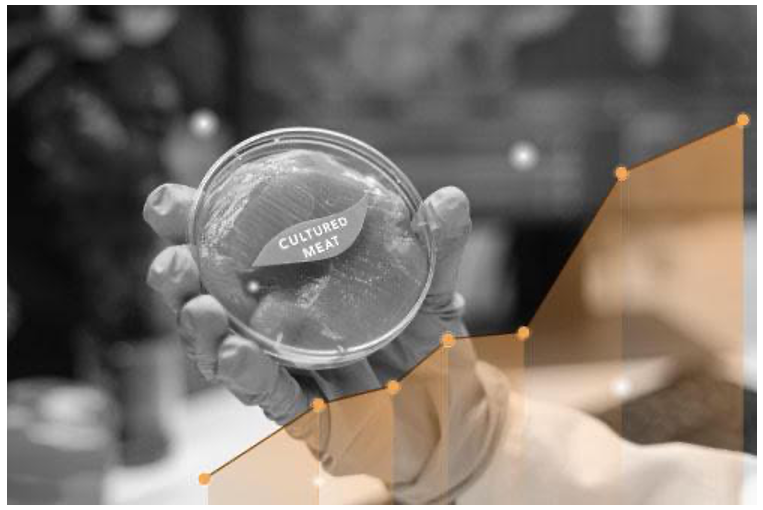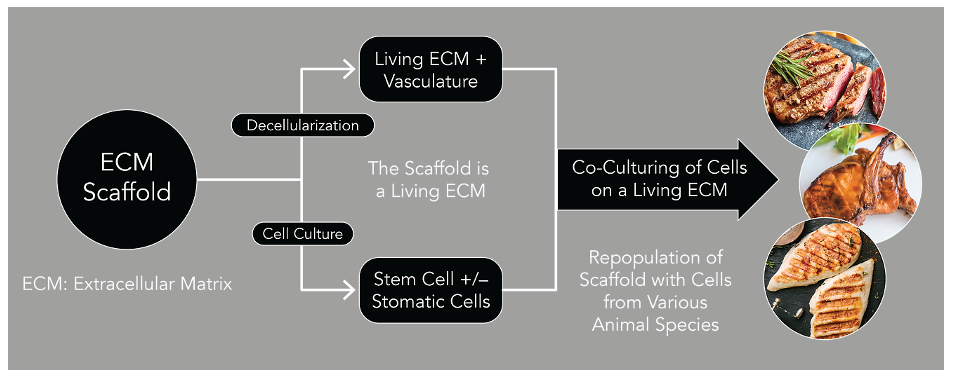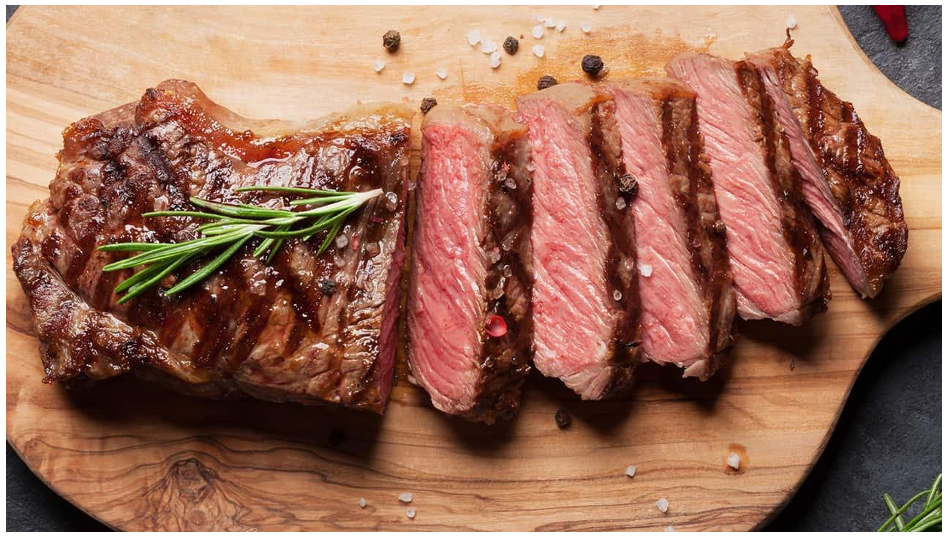No Animal was Killed in the Creation of this Lab-Grown Steak

Rahim Rajwani, co-founder, Atelier Meats
By Rahim Rajwani, special to The Digest
Cultured meat is no longer the stuff of science-fiction novels. Labs like mine, Atelier Meats, are already producing high-quality meat that looks and tastes just like the real thing. In fact, it is the real thing — it just doesn’t require the sacrifice of an animal.
Lab-grown meat not only provides new and more ethical protein options, but also promises additional benefits, such as reducing the conventional meat industry’s negative impact on the environment. Atelier Meats’ patent-pending technology also gives us the ability to make meat healthier than ever. As such, these innovations make important contributions to the bioeconomy.
Creating Lab-Grown Meat without Killing an Animal
No animals are slaughtered or butchered in Atelier Meats’ process. Instead, only some stem cells and growth hormones have been taken from living animals via a simple biopsy that causes no harm. These are then used as seeds from which a cut of meat is grown. The cultures of stem cells reproduce themselves, so no additional supplies are needed for future meat, other then a scaffold.
For vegetarians and vegans who gave up meat due to ethical concerns, this means cultured meat presents a new, ethical protein option.

Benefits for the Environment
Traditional meat production is notoriously harmful to the environment. Raising an animal from birth to slaughter requires a disproportionate amount of land. While meat only accounts for 18% of the calories humans consume, meat-producing farms use 77% of farmland worldwide. Clearing this terrain for animals and their feed has contributed to increased rates of deforestation, desertification, and erosion.
Fecal waste from livestock also causes pollution that can ruin waterways. In places with little access to clean water, this is an especially serious problem. In contrast, growing meat in a lab is estimated to be 4,000% more efficient than the conventional approach. In terms of land, labs’ footprint is exponentially smaller. No clear-cutting demolishes forests, no dustbowls replace habitats, and no manure pours into rivers and lakes to make lab-grown meat.
Moreover, cultured meat is manufactured in a clean, sterile container. There is no risk of Mad Cow Disease or other foodborne ailments that afflict the conventional food system. At a time when solving climate change is more urgent than ever, it seems important to seize any advantage science can afford. In the case of cultured meat, technology has opened a door to a more sustainable future.
Cutting-Edge Technology Ushers in a New Era of Control
To date, most of the lab-grown meats on the market have been unstructured meats, which are little more than formless blobs. For instance, some companies produce, distribute, and sell cultured meatballs, ground beef, and chicken nuggets.
The cutting edge of lab-grown meat is structured meats, which are premiere cuts like chicken breasts, steaks, and pork chops.
How can Atelier Meats can make these more elaborate, specialized cuts of meat? The answer is simple: the foundation of our process is an extracellular matrix (ECM) scaffold. Stem cells and growth hormone are layered on top of this scaffolding, which teaches the growing cells to become either fat or muscle. The result is a cut of meat that looks identical to that from conventionally raised and slaughtered livestock.

Believe it or not, this proprietary technology enables the scientists to choose how much marbling any specific meat product should contain. Essentially, the percentage of muscle to fat is entirely up to us.
Bespoke Meats
Since Atelier Meats’ process grants us so much control over our end products, we will be able to custom-design meats to customer specifications. This could usher in a radical new era of experimentation, as some customers explore leaner, low-fat meats, while others investigate the other side of the equation.
One day, you will know exactly what fat-to-muscle ratio you most prefer. What’s more, you will be able to buy a package with that percentage at the grocery store.
Since our scaffolding teaches the cells what to become and where, I also foresee experimentation with design. Does fat taste best on the edges? We can put it there. Is a leaner middle to be preferred? We can also do that. Do customers prefer the look of natural marbling, or would they like more stylized layouts? Why not try?
We will also be able to produce meats that are healthier than traditional meats from slaughtered animals. For instance, researchers will be able to study the specific health effects of meats with different fat profiles and learn which are the most beneficial for humans. This could allow us to cut down on cholesterol and add more nutrients. I also foresee experiments that substitute good, healthy fats in place of less-healthy fats. Our ability to control the exact makeup of our products means we can put public health experts, nutritionists, and dieticians in the driver’s seat.
The Future is Delicious

At the end of the day, people eat meat because it tastes good. Some lab-grown meat companies, however, can’t replicate the taste of real meat. These enterprises talk about “educating” consumers. They want people to react to the limits of their technology by developing new tastes.
Conversely, I don’t believe customers’ palates need to change. That’s why, at Atelier Meats, we are developing mouth-watering real meats. There is nothing fake about them. Lab-grown meat is the future, and it’s going to be delicious.
— Rahim Rajwani is the co-founder of Atelier Meats, which uses biotechnology and tissue engineering to pioneer ethical, lab-grown meat in partnership with a multi-disciplinary collaborative research team from Rutgers, The State University of New Jersey.
Category: Top Stories















